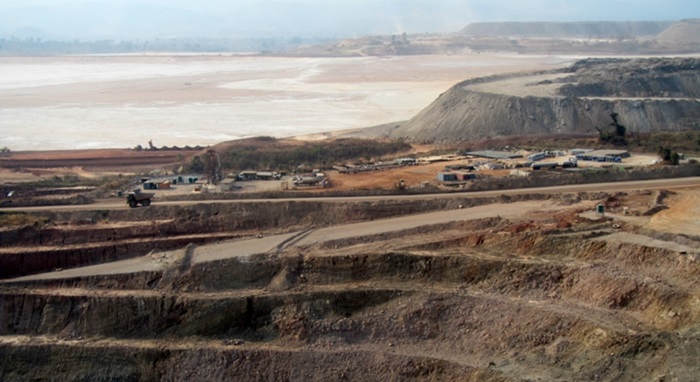Ensuring dry mines in the African Copperbelt
The Central African Copperbelt is the largest copper-cobalt resource in the world. Ore is extracted in dozens of mines spread across Zambia and southern Democratic Republic of Congo (DR Congo). Many of these mines have significant water challenges due to the high rainfall and the porous nature of the host ore bodies – the Copperbelt contains some of the wettest mines in the world.
For several years now, DHI has been supporting an integrated, global mining company in the DR Congo to:
- understand catchment hydrology, which is key to understanding water in the Copperbelt, and
- implement efficient dewatering, which is critical to maintaining production volumes and minimise costs
DHI has been using MIKE SHE to develop physics-based, regional hydrology models to support decision-making by the operations, environmental and social groups where decisions impact, or are impacted by, regional hydrology (for example, stream diversions and disposal of dewatering water).
At the same time, DHI has been extracting detailed local geology from MineSight™ and Leapfrog™ geologic models. We then use FEFLOW to develop detailed, local groundwater models to support the planning and implementation of dewatering activities.
Finally, local staff are being trained in the operation of the models. The models are then being delivered to the client on-site to facilitate the direct and timely use of the models in day-to-day decision-making.
Read this
case story to learn more about our work in this project.
 DHI has been working in Democratic Republic of Congo for several years developing hydrology and dewatering models to support mine operations. © DHI
DHI has been working in Democratic Republic of Congo for several years developing hydrology and dewatering models to support mine operations. © DHI
Read more